Nakayama is in between Narita And Haneda International Airport
<クッキーについての同意並び欧州居住者向けプライバシーポリシー>
中山・下総・散歩道
The Setsu-do Hall In Nakayama Hokekyo-ji
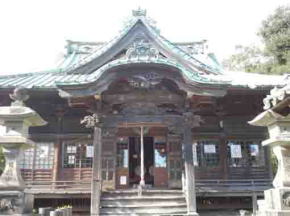
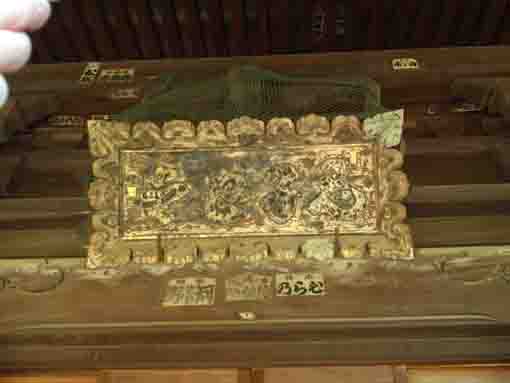
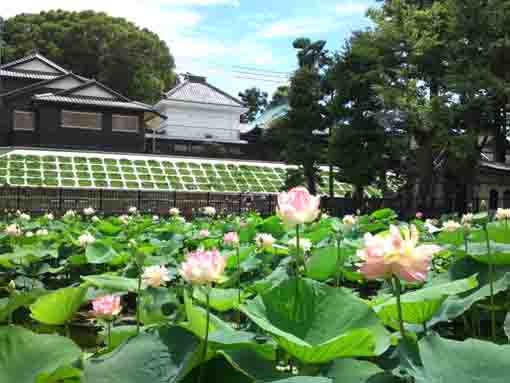
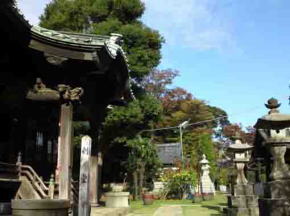
The Setsu-do In Nakayama Hokekyo-ji
There is a small wooden hall like a hut standing on the small hill behind the Soshi-do is Setsudo hall of Nakayama Hokkekyoji Temple. Its sharp angled roof is so fascinated looked like a temple in the mountain side. The Setsudo is also called Kishimojindo Hall. The framed letters 'Kishimojin' on the front door was written by an Imperial Princess in Hokyoji Temple in Kyoto.The Satsudo Hall was first built in Kamakura by Jingoro Hidari, one of the greatest craftman built Nikko Toshogu Shrine, and was moved to Nakayama in the regime of the third Shogun Iemitsu Tokugawa in early Edo period. And there is a very interesting legend, that says that the areas around Nakayama Hokekyoji Temple had never had droughts since it had a picture of a dragon in it.
Moreover, it dedicates Jurasetunyo, Kishimojin and Daikokuten to eliminate sins from people, so the day for visiting, the worshippers beat the drum for the day long. The day of Kinoe-ne-no-hi, the special practice faith healing is held there.
Visitors could see a wooden Edo Style building. Why don't you visit it?
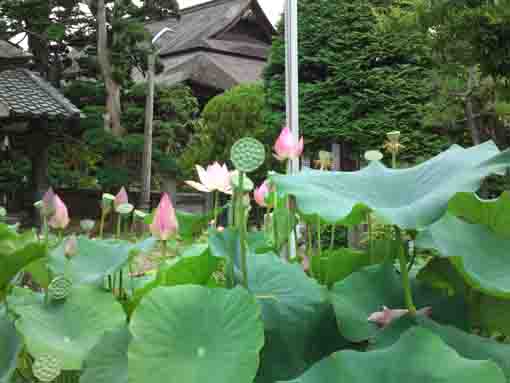
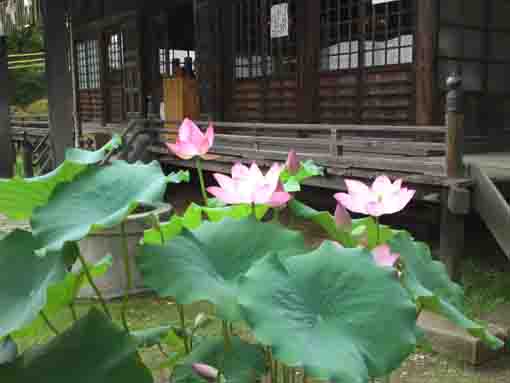
Jurasetsunyo
Jurasetsunyo
Jurasetsunyo means 'ten female devils', so they are the strong guards to protect the Lotus Sutra. They are Runba, Biranba, Kokushi, Keshi, Kokushi, Tahatsu, Muenzoku, Jiyoraku, Kotai and Dassaishujoshoge. They had drunk the human souls and spirits first, after they met Buddha with Kishibojini and listened his words, they became the goddess to guard the ascetic of Lotus Sutra. The model on the statue look generally Tennyo (celestial nymphs),never have drawn on the state of exasperation. They wears Chinese clothes or Japanese, and the accessories they have are disordered. They are appeared on the covers of Lotus Sutra like 'Heike-nokyo' and 'Senmen-hokekyo-sasshi'. And they are also drawn with 'Hugen-bosatsu (Samantabhadra)' in general.Kishimojin (Hariti; the goddess of childbirth and children)
Kishibojin (Hariti; the goddess of childbirth and children)
Kishibojin is a guardian goddess of Buddhism, and the goddess of childbirth and children. In general, the statue of Kishibojin is carved like a Tennyo (a celestial nymph) with a baby in her arm and a pomegranate in her hand. Kishibojin is a female devil called Hariti in Sanskrit. She was also called Kariteimo and Kankimo (a joyful mother).According to a legend in Buddhism, Kishibojin was originally a daughter of Yasha (yaksa) and a female devil. She appeared at Rajagriba and ate over thousands of children in the period Buddha lived in the world. Buddha then hid a child whom she loved best, so he tried to lead her down the path of righteousness. She cried and cried, and searched her child throughout the world. But she couldn’t. She finally asked Buddha to help her. Buddha told her what she did wrong things. She got Gokai (the five commandments of Buddhism) and embraced the Buddhist faith. Kishbojin at last became the guardian goddess of childbirth and children
Kishibojin has been worshipped as the goddess of childbirth and children in Japan, sometimes she is worshipped to avoid thefts. However, she had been the goddess of producing at India before Buddhism adopted her in its ideas.
The style of her statue has two forms, one looks a Tennyo (a celestial nymph) and another one looks a female devil. the picture of Kariteimozou (Kishibojin) in Daigo-ji Temple in Kyoto has gentle and plump expression, it is a important historical asset shows the new trends that was influenced by Soga (Chinese painting). The great works of its statues are kept at Onjo-ji Temple in Shiga Prefecture and Todai-ji Temple in Nara.
The statue of Kisibojin dedicated at Hokekyo-ji Temple was carved by the founder Niciren. When he had been in trouble and been hurt on his brows in November 11th of 1264, Kishibojin appeared in front of him and helped him. He carved it to express his appreciation to Kishibojin while he was recuperating at Nakayama..
Daikokuten (Mahakala)
Daikokuten (Mahakala)
Daikokuten is called Mahakala in Sanskrit.Fundamentally, Daikokuten was the god of destroy. In esoteric Buddhism, he belongs to the north of the most outer court of Garbha-mandala, and he is a relative or a manifestation of Jizaiten (Mahesvara in Sanskrit) who has three black faces with angry appearances and six arms and the god of battle, protects Sanpo (three treasures) such as Butsu (Buddha), Ho (Sutras) and So (priests).Later Jizaiten changes to the god of eating and drinking, so Jizaiten is dedicated in kitchen.
First Saicho brought Daikokuten to Japan, and he dedicated at Mt.Hiei.
Daikokuten is a member of Shichifukujin (Seven gods of good fortune). He is described that he takes on a sack of rice with a headscarf on his head, mallet of good luck in his right hand, a big sack on his left shoulder. Daikoku is confused with Okuni who is the popular gods is dedicated at Izumo-Taisha Shrine. Since the middle ages, Daikokuten has been put the same god as Okuninushi, the faith to him is spread throughout Japan. Daikokuten is worshipped with Ebisu as the god of good fortune.
The statues of armed angry Daikokuten made in Fujiwara Period remains, the statue of Myoju-in at Shiga in the half-lotus position is one of those. But the general forms of them were dressed religious dresses with sacks on their backs. The statue at Kannon-ji Temple in Fukuoka Prefecture is a good example. After Kamakura Period, Daikokuten was always described as a member of the seven gods of good fortune like the statue at Seishuraigou-ji Temple in Shiga Prefecture. This style became the big trend and made a lot by Edo Period
出典・抜粋・引用および参考
正中山法華経寺誌
日蓮宗各本山名所図会
房総叢書 : 紀元二千六百年記念. 第8卷葛飾紀
房総叢書 : 紀元二千六百年記念. 第6卷 葛飾誌略
江戸名所図会 ちくま学芸文庫
ブリタニカ国際大百科
明鏡国語辞典
デジタル大辞林
法華経寺ホームページ
The Access to The Setsu-do Hall In Nakayama Hokekyoji
The Setsu-do Hall In Nakayama Hokekyoji Temple
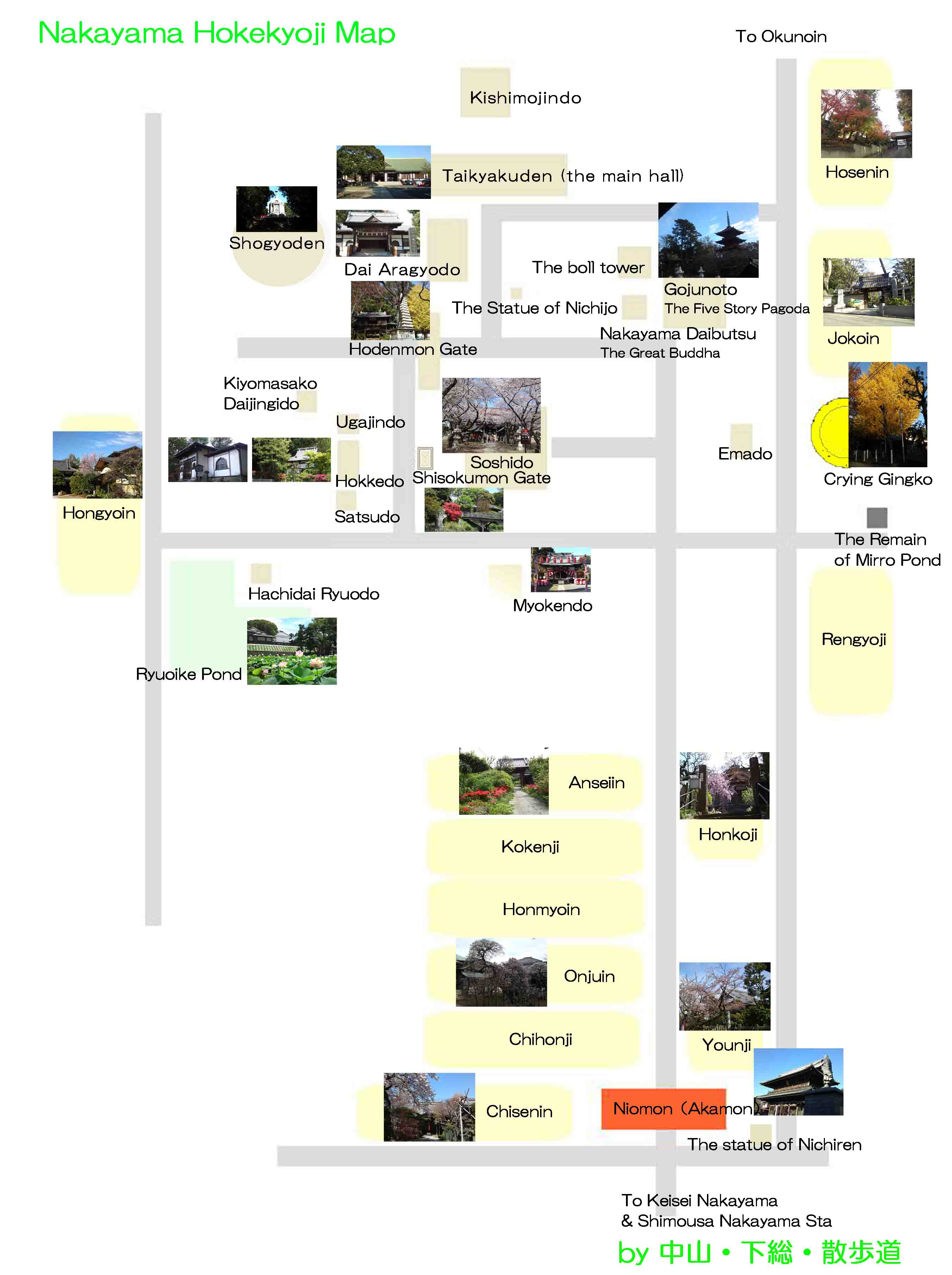
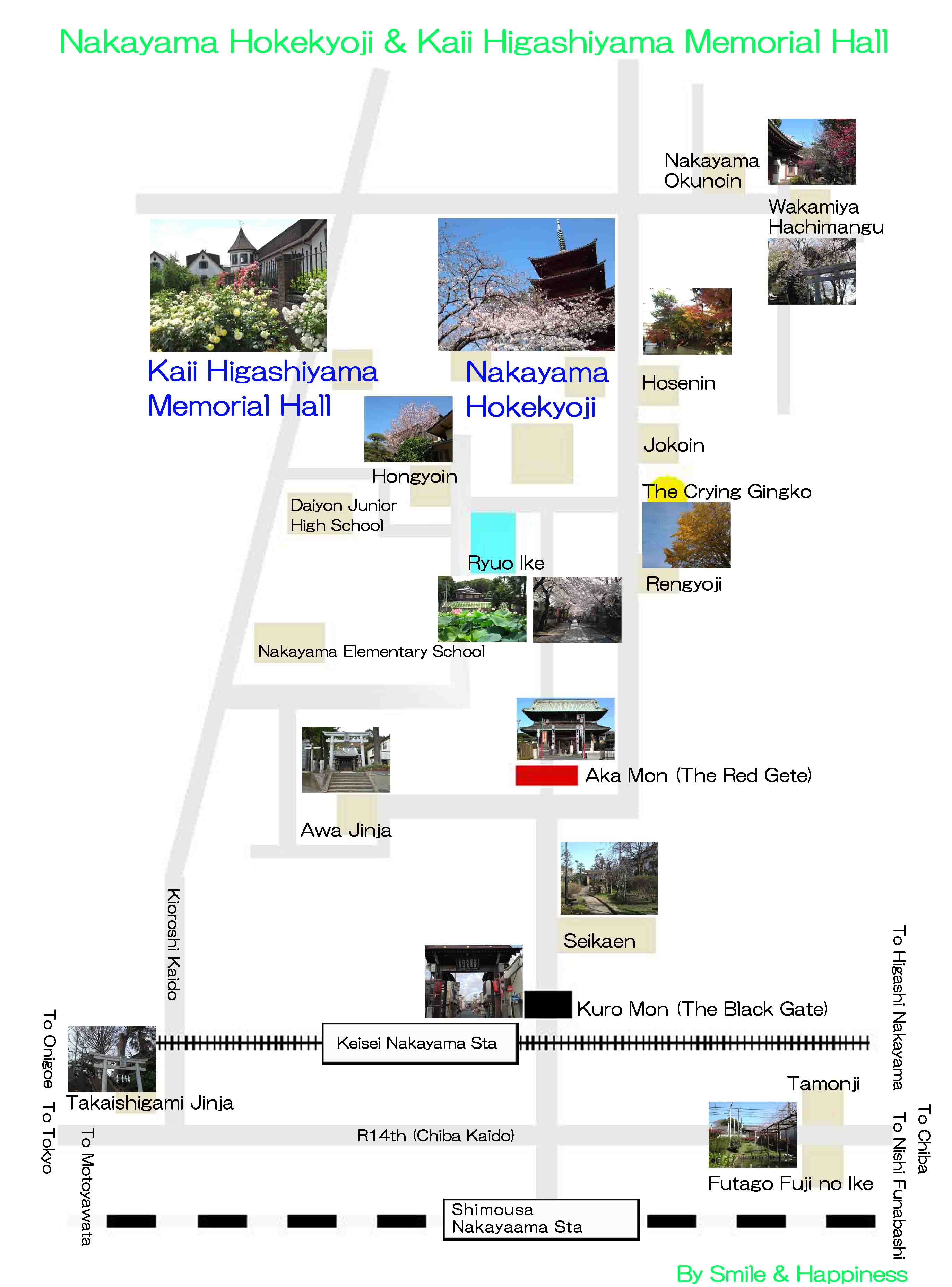
The map near Hokekyoji and Kaii Higashiyama Memorial Hall
PDF of the map near Hokekyoji and Kaii Higashiyama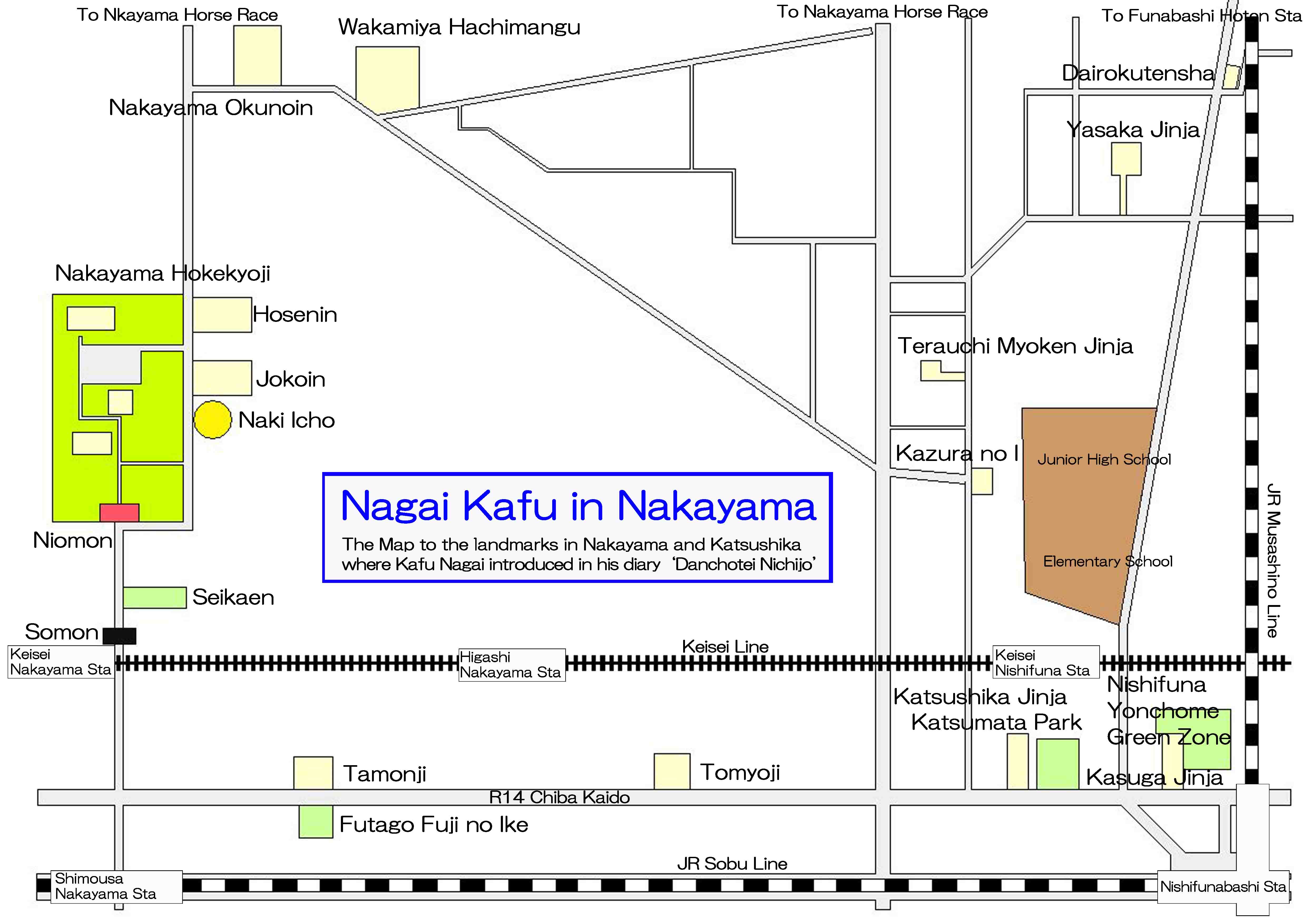
The map to the landmarks where Kafu Nagai introduced in his book
PDF of the map of the noted spots where Kafu Nagai visited- The Setsu-do Hall in Nakayama Hokekyouji Temple has great accessibilities from both Narita and Haneda International Airport.
- From Narita International Airport, take Keisei-line and get off Keisei-Nakayama Sta, take minimally 40 minutes from Narita Airport.. And also take JR Sobu-express line, transfer the line at Funabashi to Sobu-Local line, get off Shimousa-Nakayama Sta.
- From Haneda International Airport, take Keikyu-line bound to Narita, and get off Keisei-Nakayama Sta.
- From Tokyo Sta, take Sobu-Express line bound to Chiba or Narita, transfer the line to Sobu-Local line bound to Chiba, Tsudanuma, or Nishi-Funabashi at Ichikawa Sta, get off Shimousa-Nakayama Sta.
- From Akihabara Sta, take Sobu line bound to Chiba, get off Shimousa-Nakayama Sta.
- Take 5 minute walk from Keisei-Nakayama Sta, and take 8 minutes walk from Shimousa-Nakayama Sta.
- 2-10-1 Nakayama, Ichikawa-shi, Chiba-pref, Japan
Sightseeing in Nakayama Shomousa With Mangas
Sightseeing in Nakayama Hokekyoji Temple with Manga (Long Version)
Sightseeing in Nakayama Hokekyoji Temple with Manga (Short Version)
The Landmarks in Nakayama Hokekyouji Temple
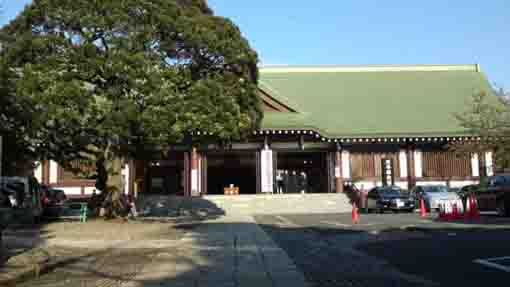
Honin(Taikyakuden)・Kishibojindo(Sonshindo)
Takikyakuden is the main hall of Hokekyoji and it has the business office and Kishibojindo Hall dedicated to the goddess of children on the end of the long corrido of the main hall.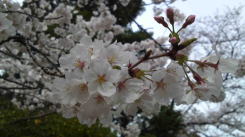
The Four Seasons In Hokekyoji
In spring, there is millions of cherry blossoms in Hokekyoji and in summer, lotus blooms on ryuo-ike pond. In fall, there are beautiful colored leaves. Every season, visitors could enjoy seeing the sights.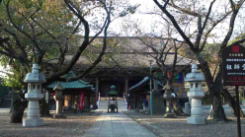
Soshido(Daido), the nationally important cultural property
It is characterized the twin hip-and-gable roof structure (hiyoku-irimoya-style), and hengaku written by Koetsu Honami hangs in front.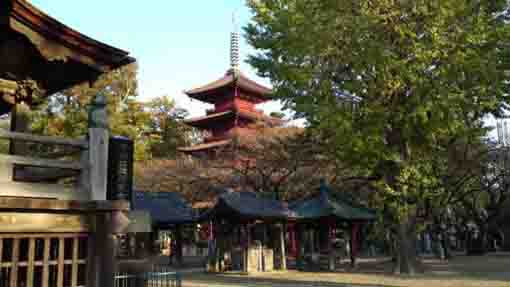
Goju-no-to (the five-story pagoda) , the nationally important cultural property
It was built in early Edo period (1622) by request of Koshitsu Honami supported by Maeda Family in Kaga.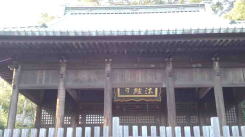
Hokke-do(the nationally important cultural property)
It was built in Kamakura period.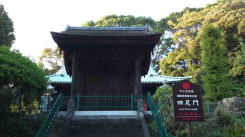
Yon-soku-mon (the nationally important cultural property)
It was moved from Aizen-dou in Kamakura 700 years ago.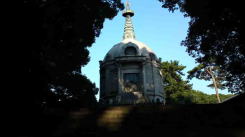
Shougyoden (the treasure hall)
It was designed by the famous architect Chuta Ito, it stores many scripts written by the Founder Nichiren.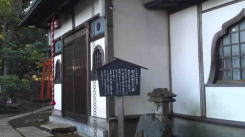
Shogan-jyoujyu-kigan-do (kiyomasa-kou-dai-zingi-do)
It enshrines Kiyomasa Kato, one of the most famous daimyo in Sengoku period.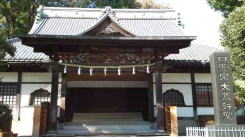
Aragyodo Hall (the hall where Buddhiist priests practice for 100 days in winter severly)
From Nov 1 to Feb 10, hundreds of Buddhist priests practice severly every year.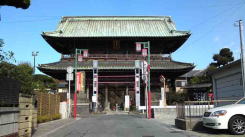
The Nio-mon Gate (The Deva Gate)
The henguku hunged in front of the gate was written by Koetsu Honami, famous artist in Momoyama Period.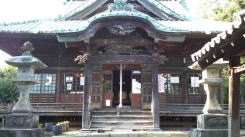
Setsu-do
It was built for worshipping Jurasetsunyo, Kishibozin, Daikokusama.
Black Gate(a tangible cultural asset by Ichikawa City)
It is also called Sou-mon (the main gate).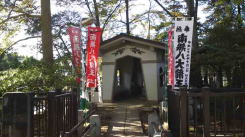
Hachidai-ryuo-do
The founder Nichiren built the small shrine to dedicate the dragon god to pray for rain.
Ugazin-do
It enshrins Ugazin who is the guardian deity of Hokekyou-ji Temple.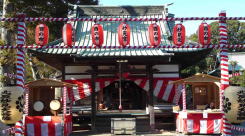
Myouken-do
It dedicates Hokushin Myouken Star that the Chiba Family deeply believed in, Hokekyoji traditionally succeeds. In November, Tori-no-ich is held in the site to dedicate the star.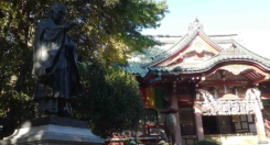
Oku-no-in (the first place where Nichren had preached at)
The founder Nichiren preached first time at the Toki's castle called Wkakamiya Yakata. And Toki built a temple 'Hokkeji', it is the origin of Oku no In.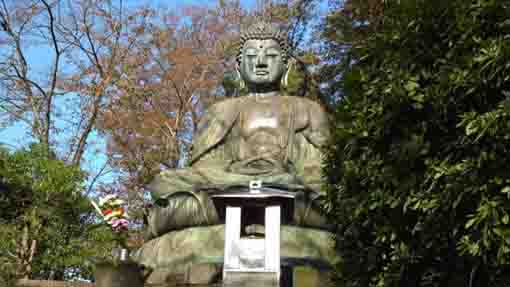
The Great Buddha(The Seated Statue of Shaka Nyorai)
It was built in 1719 by famous caster Ota Suruga-no-kami in Kanda. It is the bigest great Buddha in Chiba prefecture.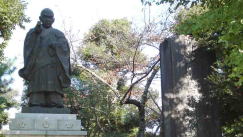
The statue of Nichijo and Naki-Icho
Nichijo was the first abbot of Nakayama Hokekyoji Temple and Naki Icho is a gingko tree having a sad legend.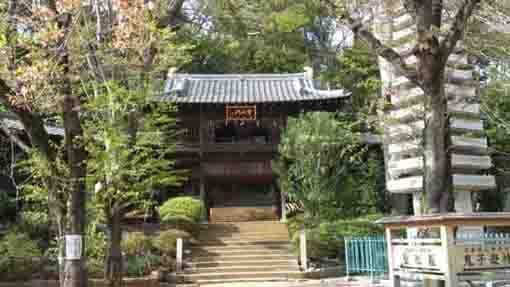
Kagami-ike-ato (the remain of the pond like a mirror), Emado hall, Hoden-mon gate, Ryuenkyo bridge
There are some other landmarks in Nakayama Hokekyoji Temple.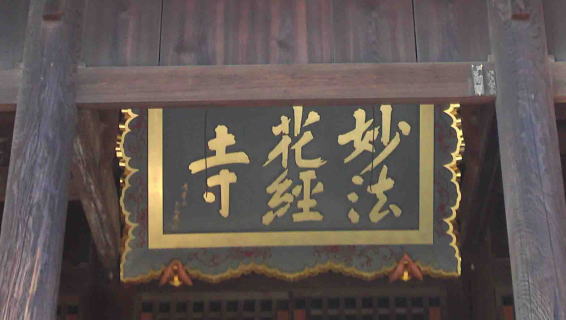
The artists, poets and writers related to Hokekyoji Temple
Koetsu Honami specially remained his calligraphy in Hokekyo-ji Temple, and Shiki Masaoka, Kyoshi Takahama, Kafu Nagai discribed it well.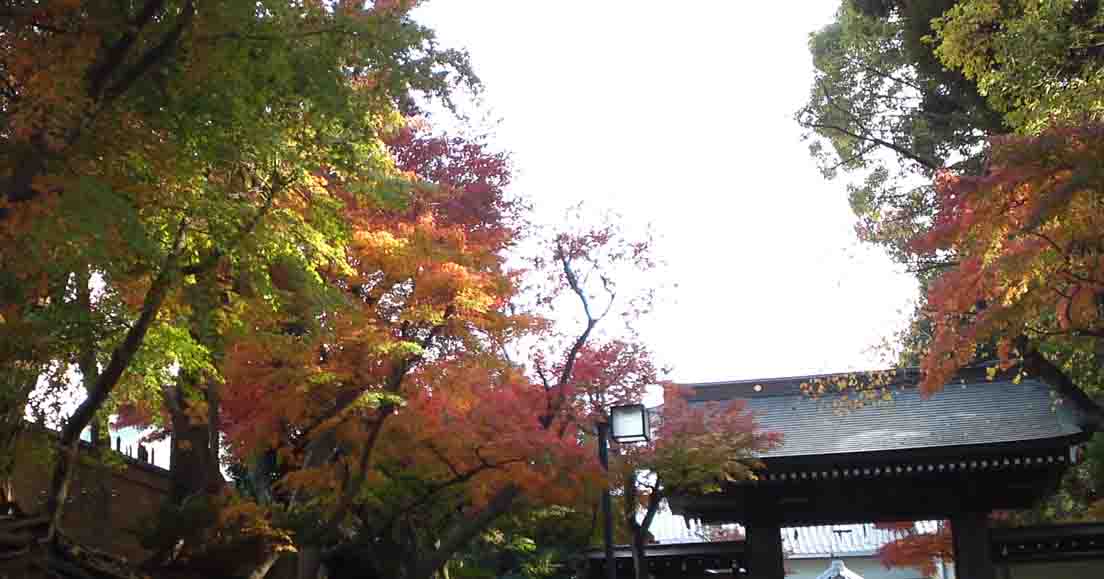
The Tacchu Temples and the Branch Temples in and around Nakayama Hokekyoji Temple
Some tacchue temples are introduced in this page.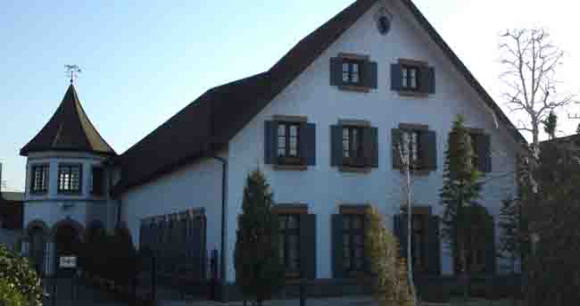
A Walk on the the area around Nakayama Hokekyoji Temple
There are some noted spots, Kaii Higashiyama Memorial Hall and so on, near Hokekyoji.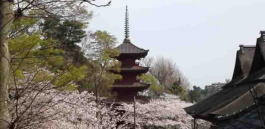
The Popular Viewing Sakura Spot / Nakayama Hokekyoji Temple
Cherry blossoms in Hokekyoji are amazingly wonderful.- 広告 Advertisement -
